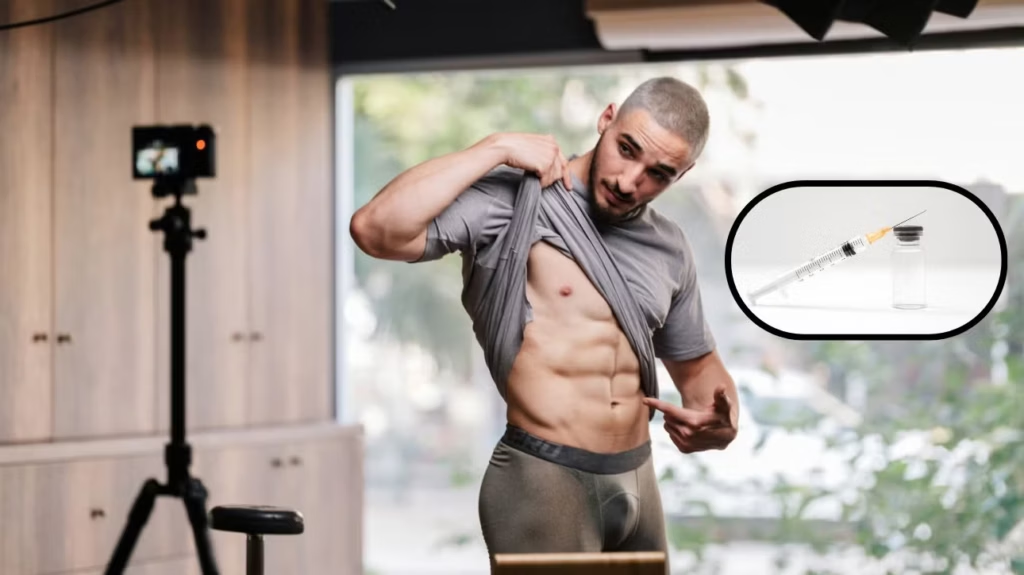CHALLENGE YOURSELF WITH exercise that feels uncomfortable or stick with what you love: the continual conundrum among exercisers.
On the one hand, the principle of progressive overload require us to push ourselves out of our comfort zones in order to adapt and improve our fitness. On the other hand, you’re much less likely to skip the weekly, low-pressure Parkrun you do while chatting with your mates and, even if it means you complete it within the same 10-second window each week, we are the product of what we do repeatedly.
We all prefer different styles of exercise – that you’ll know if you’ve ever come across someone with a penchant for long and slow 20k run on a Saturday when you love shorter, sprint-style workouts. Then there’s those who find pushing through an intense CrossFit class more preferable to pulsing non-stop for two minutes in Pilates.
All of those workouts have benefits – but whether or not we should stick with what we know or change it up in the name of discomfort is the question at the heart of a new study.
Published in the International Journal of Behavioural Nutrition and Physical Activity, it looked at whether self-regulating your exercise intensity according to your own preference and tolerance led to more frequent training.
The study
Researchers from the Faculty of Physical Education and Sport at Lusófona University in Lisbon were keen to look at how we can motivate more people to exercise. They were critical of current strategies that suggest educating people about the health benefits of exercise was enough to get people to move more, noting that studies found limited success to that plan.
Instead, they said the most interesting angles around motivation are focused on pleasure – so they put that to the test.
They invited 46 participants, aged between 18 and 45, who were infrequent exercisers to join exercise classes at a health club. Over eight weeks, they were allowed to join a workout class every two to three days – or they could not join, if they didn’t want to.
All classes involved a treadmill warm-up followed by a resistance training session involving five exercises, then 15 minutes of stationary cycling and a cool-down of four stretches. However, half of the participants could choose the intensity of the exercises they performed according to what felt comfortable and pleasurable, whereas the other half of participants were given standardised instructions on exercise intensity.
The results
The most eye-opening takeaway from this study was that those who self-regulated their exercise intensity based on pleasure attended 77% more exercise sessions than the participants given standardised instructions.
Some interesting results from the study include:
- Those told how intense their exercise should be visited the health club an average of 8.13 times in eight weeks, compared to 14.35 visits by those who self-regulated.
- Those who self-regulated scored up to 1.93 units higher on the 11-point ‘feeling scale’ compared to the standardised group, indicating a much more positive emotional response.
- Before training, all participants were asked to indicate how much they thought the workout would improve their mood out of 100. Anticipated improvements in mood in the standardised group ranged from 59 to 71.61 throughout the study.
- In the self-regulated group, anticipated improvements ranged from 72.39 to 82.17, suggesting participants better remembered the positive impact of their workouts.
What this means for us
If you’re looking to maintain a more regular workout schedule, don’t overlook exercise you enjoy. This study suggests that following your intuition on how hard to train, and choosing intensities that you find pleasurable, will motivate you more.
That goes against what we typically think – that we need someone to shout at us to go harder to make us move.
This study also shows that exercising at an intensity you enjoy means you’re more likely to remember how good your workout makes you feel before your next session. Given we’re more likely to do things we think of as pleasurable, it suggests enjoying your exercise will make you more motivated to return to the weights room in future.
The bottom line
There are all sorts of factors to consider when putting together a good workout programme, but all of them are secondary to the simple act of turning up. If frequency is what’s holding you back your workout routine, then the groundbreaking idea of enjoying your training could be a game changer.
One way to enjoy your exercise more is to work at your preferred intensity. If you love high intensity intervals that are over in seconds, stick with them. If lower intensity sessions feel less overwhelming and more achievable, do them.
Essentially, this study is more proof that you can ignore the noise around how hard you should train. You know what your body needs.
This article originally appeared on Men’s Health UK.
Related:
New study finds that fit 52-year-olds experience the same muscle damage as 22-year-olds















